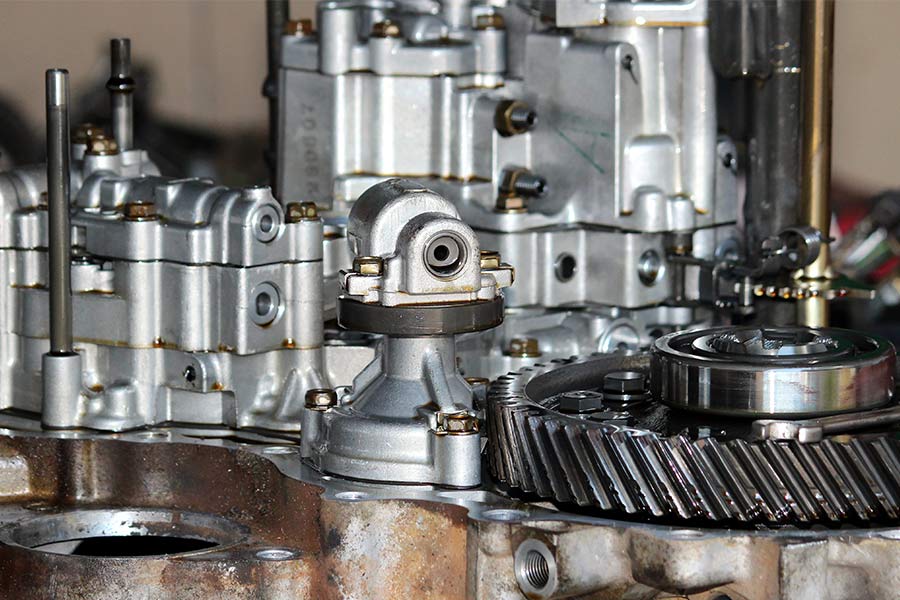
The best way to compare your car’s transmission to another object with a similar purpose would be to think of how the skeleton of a human body works in general. Much like how the human skeleton keeps the human body moving, a transmission helps keep the car working as it should. Both objects also need to be taken care of, with the skeleton requiring calcium and exercise and the transmission needing maintenance regularly.
Basic Facts on Transmissions
The transmission works by making use of a gear ratio that has both the engine and drive wheels correlate as the speed changes. It’s mainly controlled by the clutch, which has both parts of the car disconnect when it’s moved around by the shift stick. This description best describes how manual transmissions work because automatic transmissions don’t exactly function like them. In comparison, automatic transmissions make use of a torque converter installed that doesn’t require its driver to change gears because it already knows when a vehicle is accelerating or slowing down.
What to do With Transmission Fluid
This is mainly recommended for any car owners that know how to check on their transmissions without a problem, so to speak. First, you should search for the fluid dipstick on the engine and see if it’s covered in the substance when it’s removed. Then wipe it away if it’s entirely covered and see how far it reached to the indicator. Finally, insert it into the transmission before removing it and determining if it’s good or not. This should mainly be done when your car reaches a specific amount of miles, though that will vary depending on the manufacturer’s vehicles. To add transmission fluid, simply have the dipstick removed and slowly pour it into the engine. There are other pieces of info to take note of regarding transmission fluid:
- The color of transmission fluid starts as pink or red before it starts to get darker due to use or color fade, though it also depends on the brand used to make the color.
- Each car model has its own transmission fluid specifications, and using the wrong one will affect your warranty
- Mixing transmission fluids is strictly prohibited; it’s better to stick with what comes in a single purchase of fluid.
- Your fluid may need to be checked on more often if your vehicle continuously accelerates or is in constant traffic.
- Pouring too much transmission fluid can mess up a vehicle’s engine, so be sure to take your time with the fluid while checking on how far it reaches to the indicator.
How Do Mechanics Check Your Vehicle’s Transmission?
If you’re not entirely comfortable with checking on your car’s transmission, it’s probably best to leave it to the mechanics instead. Their diagnostic services will determine what’s causing a specific problem in the transmission by running a fair number of tests. Aside from checking over the condition of the fluid, they also check on the performance of your vehicle as well as have its controls looked over while it’s on a lift. Additionally, they can use their computers to better pinpoint what needs to be fixed, which helps in preventing human error in the long run.
https://reliable-auto.com/your-guide-to-your-vehicles-transmission/
Comments
Post a Comment